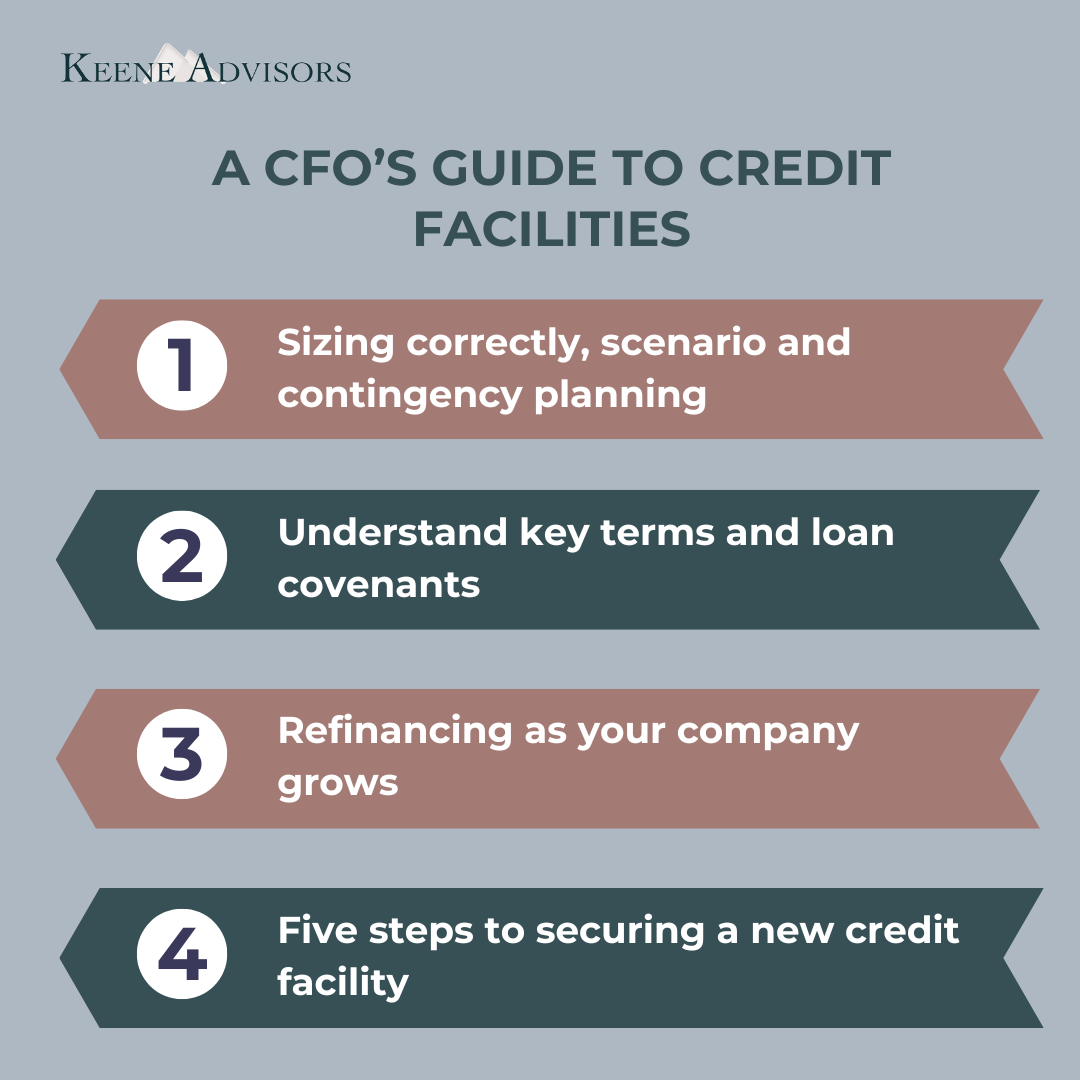Corporate Credit Spreads Have Widened, but Credit Facility Financing Still Remains Attractive
After several years of historically low corporate credit spreads, recent market activity suggests a modest reversal. Spreads have begun to widen in response to economic uncertainty, rate volatility, and tightening lender standards. But even with this shift, current spreads remain well below long-term averages and for many middle-market companies, that still presents an opportunity.
Why Credit Spreads Matter
A credit spread represents the premium a borrower pays over a base rate (such as SOFR) to reflect the risk profile of the business. Spreads widen when lenders perceive greater risk, and narrow when liquidity and credit conditions are strong.
A company’s spread is a key determinant of overall borrowing costs. And while base rates have risen significantly since 2022, the corporate spread over the base rate is what ultimately determines the borrower’s cost of financing.
“Proactive refinancing in a favorable credit spread environment can be a strategic advantage for companies looking to mitigate future cash flow risk.”
What’s Driving the Rise in Spreads?
Several macroeconomic factors are influencing the uptick in spreads:
Rate expectations remain uncertain, with the Fed signaling patience despite cooling inflation
Lender appetite has moderated, particularly in sectors exposed to cyclical or consumer risk
Tighter covenants and shorter terms are becoming more common as lenders seek to manage portfolio risk
Still, spreads for quality borrowers, particularly those with consistent cash flow, low leverage ratios, and a clear growth plan, remain competitive. Investment-grade credit spreads are higher than a few months ago, but lower than they have been 72% of the time over the last 10 years.
Source: St Louis Fed
Why Now May Still Be the Right Time to Refinance
Even as spreads tick upward, the broader credit environment remains favorable compared to historical norms. The average Federal Funds Effective Rate is back to the same level as January 2023 and has held steady at 4.33% for the last four-months, a full 100 basis points lower than the most recent peak.
For companies with upcoming maturities or credit facilities priced during higher-spread periods, refinancing now can:
Lock in favorable terms before rates rises or there is further spread widening
Extend maturities and improve liquidity
Reduce interest expense in the long term
Align capital structure with current business strategy
Importantly, waiting too long in hopes of rate cuts or tighter spreads can backfire. If market volatility persists or the credit cycle turns negative, CFOs may find themselves facing higher costs and fewer options.
Credit Facility Refinancing is Strategic for CFOs
Refinancing isn’t just about pricing. It’s a chance to revisit covenant structures, renegotiate terms, or restructure your facility to better support long-term goals. Those goals may include M&A, accessing capital for expansion, or optimizing working capital.
What to Do Next
If your company has a credit facility maturing in the next 12–24 months:
Benchmark your current spread against the current market or comparable deals that have been priced
Assess your lender relationships and discuss your current lender’s appetite for refinancing
Evaluate refinancing options, including new lenders or alternative capital providers. Don’t stop with your current lenders as new lenders may compete more aggressively to win your business
Learn More about Refinancing Corporate Debt
Keene Advisors helps CFOs, business owners, and corporate finance teams evaluate and execute strategic refinancing decisions. Our team has represented a wide range of clients on debt refinancing transactions. Recently, we published a playbook on understanding credit facility financing, including best practices for projecting and managing liquidity, typical covenant structures, and guidance on how to negotiate the most competitive terms for your company.
Understand key credit facility terms, including pricing and fees
Analyze liquidity requirements with a revolving credit facility and term loan
Assess affirmative, negative, and financial loan covenants and how they will affect your business
Negotiate the most competitive pricing on your credit facility agreement
Contact us today to take advantage of historically low credit spreads and to explore credit facility refinancing for your company.
Disclaimer: This commentary is intended for general informational purposes only. Keene Advisors does not render or offer to render personalized financial, investment, tax, legal or accounting advice through this report. The information provided herein is not directed at any investor or category of investors and is provided solely as general information. No information contained herein should be regarded as a suggestion to engage in or refrain from any investment-related course of action. Keene Advisors does not provide securities related services or recommendations to retail investors. Nothing in this report should be construed as, and may not be used in connection with, an offer to sell, or a solicitation of an offer to buy or hold, an interest in any security or investment product.




